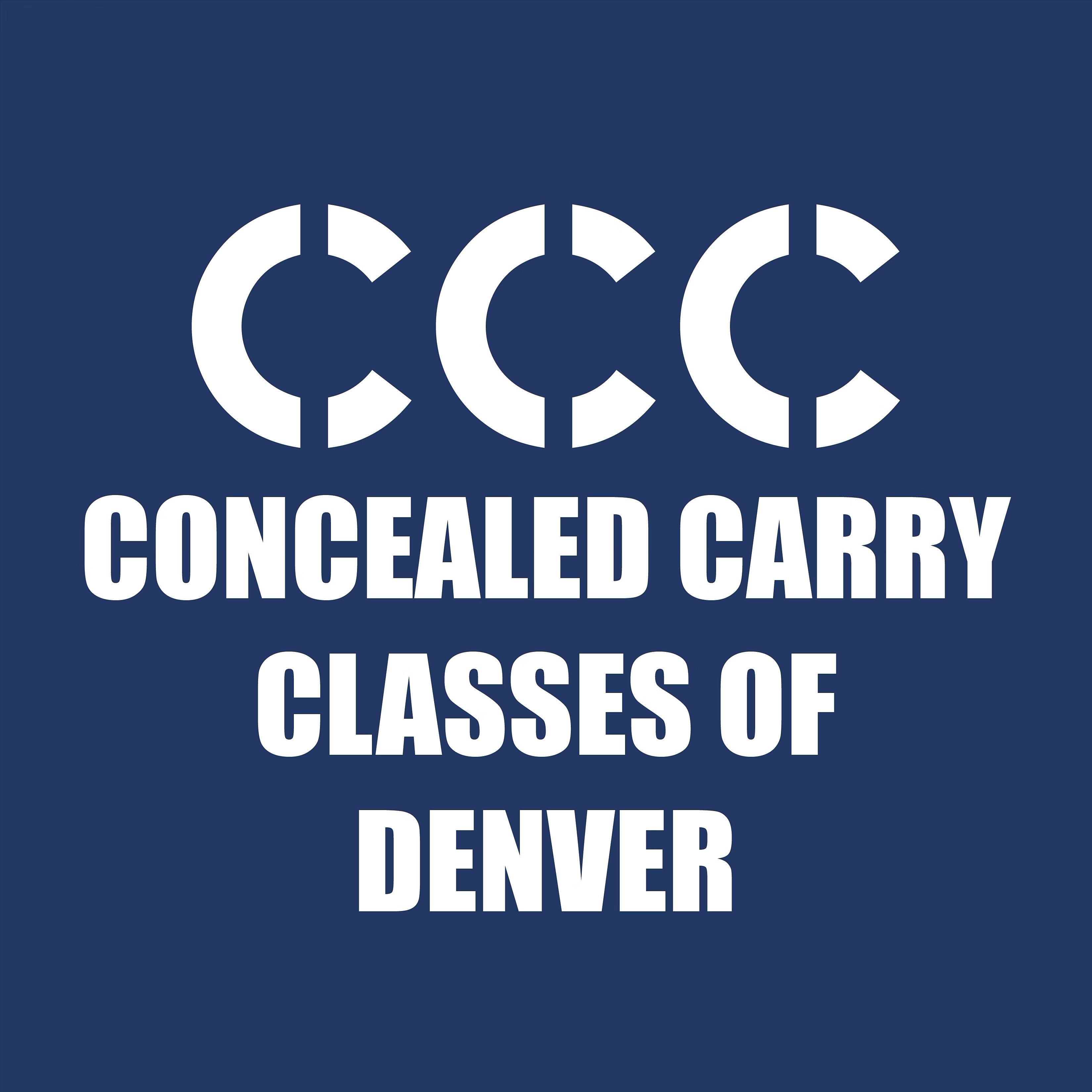Discovering that you’re being followed by another vehicle can be a frightening and unsettling experience. Your mind might race with thoughts of who it could be and what their intentions are. However, it’s crucial to stay calm and handle the situation with caution. Here’s a step-by-step guide on what to do if you find yourself being followed while driving.
Step 1: Verify if You’re Actually Being Followed
First and foremost, it’s important to ascertain whether the other vehicle is indeed following you or if it just happens to be going in the same direction. Sometimes, it might seem like you’re being followed when, in reality, the other driver is simply heading to the same destination, like a grocery store, gas station, or restaurant. To eliminate any doubt, consider the following actions:
- Change Your Route: Make minor detours from your intended path. If the vehicle mirrors your actions, it might indicate that you’re being followed.
- Make Three Left or Right Turns: By creating a complete circle, you can confirm if the vehicle is intentionally tailing you. It’s highly unlikely that someone going about their normal business would make the same turns.
- Check for Familiar Faces: Ensure that the vehicle isn’t being driven by someone you know, such as a friend, family member, or even an undercover police officer. Sometimes, a simple misunderstanding could lead to unnecessary panic.
Step 2: Remain Calm and Think Clearly
Panicking can impair your judgment and lead to poor decisions. Stay calm and keep your focus on the road and your surroundings. Remember, your primary goal is to ensure your safety and that of any passengers with you.
Step 3: Avoid Heading Home
If you’re convinced you’re being followed, do not lead the follower to your home or any secluded area. This could potentially put you and your household in danger.
Step 4: Contact Authorities
At this stage, it’s advisable to contact the police:
- Call 911: Use a hands-free device to keep your hands on the wheel and explain the situation to the dispatcher. Provide as much detail as possible about the following vehicle, including make, model, color, and, if possible, the license plate number.
- Do Not Confront the Follower: It’s vital to avoid any confrontation. Your safety is paramount, and attempting to confront the individual could escalate the situation.
Step 5: Drive to a Safe Location
If the vehicle continues to follow you after you’ve taken evasive maneuvers, head to a public and well-lit area with many people around, such as:
- Local Police Station: This is the safest option. The presence of law enforcement will likely deter the follower from continuing their pursuit.
- Crowded Public Areas: Locations like shopping centers or grocery stores are good alternatives. Their public nature and the presence of other people can provide safety.
Decision Point: Stay in Your Car or Seek Help
Once in a safe location, you’ll need to make a quick decision:
- Stay Inside Your Locked Vehicle: If you’re in a deserted area or it’s late at night, it might be safer to stay in your car and wait for the police to arrive.
- Seek Help: If you’re in a busy area, it might be safer to leave your vehicle and go into a store or public place where you can wait for authorities to arrive.
Conclusion
Being followed is an anxiety-inducing situation, but remembering these steps can help you navigate it more safely. Always prioritize your safety, avoid confrontation, and seek help from authorities at the earliest opportunity. Remember, it’s better to be cautious and wrong about being followed than to underestimate a potentially dangerous situation.


